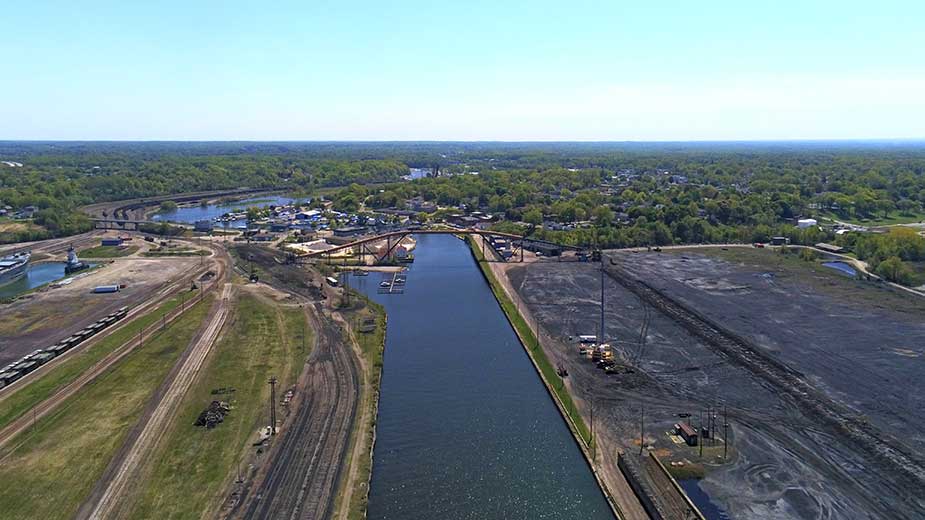Ashtabula River Removed from List of Degraded Areas
ASHTABULA, Ohio – After more than 30 years, the Ashtabula River has been removed from the list of the Great Lakes’ most environmentally degraded areas.
The decision, which comes after decades of work, was announced Thursday by the U.S. Environmental Protection Agency.
In 1987, the United States and Canada identified 43 “areas of concern” on the Great Lakes affected by historical contamination dating back over many decades. The Ashtabula River is the sixth area of concern to be delisted in the United States and the first of four in Ohio.
“We can build back better by continuing to invest in areas along the Great Lakes that need restoration,” said EPA Deputy Administrator Janet McCabe. “The Ashtabula River is a great example of partnership and can serve as a model for other areas around the Great Lakes that still need support to help clean up legacy contamination.”
Gov. Mike DeWine played a role in the Ashtabula River clean-up process while serving in the U.S. Senate. “The river’s removal from this list is further proof that public-private partnerships, hard work, and long-term determination are the investments needed to improve Ohio’s waters and ensure that they can be enjoyed today and for future generations,” he said.
Between 2006 and 2013, the EPA, Army Corps of Engineers, Ohio EPA, the city of Ashtabula and industrial partners led several projects to remove contaminated sediment from the bottom of the Ashtabula River and to restore habitat. The cleaner river bottom helps make fish healthier and a restored shoreline improves the habitat for fish and wildlife.
Dredging has provided a deeper navigational channel allowing more recreational and commercial boats to access the river. More than 620,000 cubic yards of contaminated sediment containing 14,000 pounds of PCB – a harmful chemical once used as a coolant, dielectric and in carbonless copy paper – were removed from the river, and over 2,500 linear feet of fish habitat were created. A public-private partnership invested nearly $70 million in sediment remediation and habitat restoration projects.
In 2006 and 2007, the U.S. and Ohio EPAs, Ashtabula City Port Authority and a consortium of industry partners dredged 497,000 cubic yards of contaminated sediment from the Ashtabula River containing 14,000 pounds of PCBs plus low-level radioactive materials, heavy metals, and other pollutants. Federal and non-federal partners evenly split the $57.6 million Great Lakes Legacy Act project cost. The dredging continued in 2012 and 2013.
The same partners in 2009 and 2010 created 800 linear feet of in-water fish shelves to improve fish habitat.
In addition to removing sediment and restoring habitat of the Ashtabula River, EPA also addressed the legacy contamination at the Fields Brook Superfund site. Work was done to address contaminated soil and sediment in many of the watersheds and tributaries that could potentially discharge into the river.
Image via U.S. Army Corps of Engineers Buffalo District (https://www.flickr.com/people/buffalousace/)
Copyright 2024 The Business Journal, Youngstown, Ohio.



